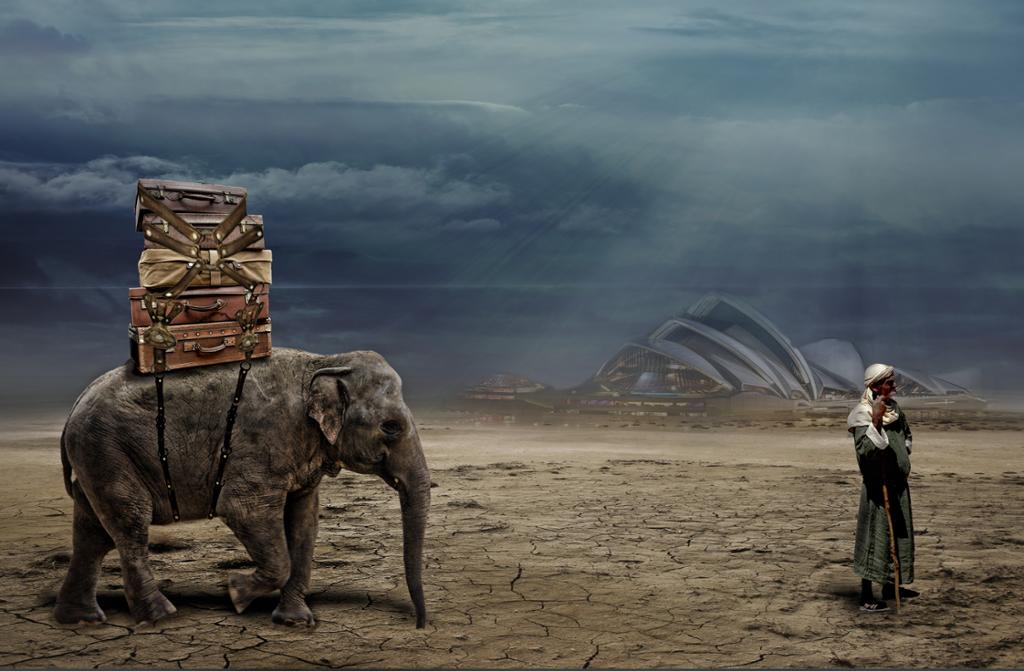How to write a short story

Step one is to come up with an idea that can be developed into a plot. The idea should be original and have some sort of irony or twist to it; for example a protagonist involved in some shady business, who ends up a victim of his own scheme, or it could just be that in the line of events something unforeseen happens which completely turns the story on its head. Once you have an idea, you can start planning the plot. Writers use different techniques for this; some need to have it all worked out in detail before they start writing, while others have a fair idea of where the story should go and how it will end, and the plot develops gradually. What is most important is to keep in mind the original idea, the turning point or climax, and the twist or irony at the end. Then the rest will normally sort itself out during the writing, editing, and rewriting.
The way you organise your plot is crucial when it comes to making the reader want to continue reading. Structure or composition means the order of events in a narrative. There are many ways to compose a story; the sequence of events can be told chronologically, or it can be told in flashbacks or in retrospect. Here are some examples of different ways to compose your story.
Start near the ending
A common technique to create suspense is to start the narrative somewhere near the ending and gradually reveal how the line of events developed into this dramatic situation. You want to engage the readers, and to make them excited and curious to read on.
Chronological structure
The chronological structure is not as boring as it may sound. The challenge here is to hold the attention of the reader as you take them step by step through the story.
A story within a story
A more advanced approach is to create a story within the frame of another story. This is also called embedded stories, and sometimes nested stories. This technique allows you to explore a theme from several different perspectives.
Start in the middle of the action
Many writers want to start the narrative in the middle of the action (in medias res), before taking a step back to introduce the characters and the plot. This opening can be an effective way to capture the interest of the reader from the start.
Foreshadowing
Yet another narrative technique is to insert a small element in the beginning that will foreshadow the turning point or the irony that comes later in the story. It will work as a sort of warning and make the reader curious about what will happen next. This is a way of building a well planned narrative where all the different elements come together as a unit.
Usually a short story has a limited line of characters, mainly because the story is not long enough to say something interesting about more than one or two personalities. In a short story, there should not be more information about the characters than what is strictly relevant for the plot. Based on the information given about the characters, the reader must see their actions and behaviour as credible and logical. The setting should be carefully described and go hand in hand with the development of the plot. Weather, time of day, and the environment in general should also have a clear relevance to the action. In a successful short story, these elements form a unit that intensifies the narrative as a whole.
Firstly, it is essential for a good story to avoid clichés – verbal as well as structural. The language is what carries the entire story, so it is crucial to put some effort into creating an original non-clichéd language.
Secondly, it is important not to be too eager and feed the reader too much information. The trick is to trust the reader’s own capability to draw conclusions. For example, an effective ending is to stop the narrative when the reader can imagine the outcome, without being told.
In general, one could say that the ultimate writing process will be mindful of what not to tell, which in a good narrative may be more important than what is told. The underlying information presented in hints and insinuations is what gives depth to a story. Keep the description and information strictly to what is necessary for the idea, the atmosphere and the plot. Remember that often 'less is more', and don’t underestimate the reader.

This can be tricky. Many amateur writers just go ahead without giving much consideration to the point of view of the story, and they end up with a confusing and illogical narrative. In brief, the narrative angle means who sees, who knows, and who informs.
First person point of view
One common point of view is to see the action through the eyes of the protagonist who tells the story. This has some advantages and some drawbacks. The benefit is that it will give the narrative a more dramatic and 'self-experienced' style which will be easier for the reader to identify with. However, this angle is very limited and will only tell the story as seen and experienced by the protagonist.
Third person point of view
A limited third person point of view will leave the writer more freedom and possibilities as he can describe the action and the protagonist from the outside, and also tell what goes on in his mind. This gives the reader the role of an observer like a fly on the wall, who at the same time can follow the protagonist’s reflections.
Omniscient point of view
The omniscient point of view is the same as a narrator who is everywhere – in the minds of all the characters and at the same time can describe the action from the outside. This angle is not so common in modern writing; it was more used in traditional folk tales and legends.

Symbols and metaphors
Experienced writers will know how to add symbols and metaphors to their narrative to enhance its thematic significance and give the story a poetic touch. This is a subtle technique and will take some skill and practice to apply. But if it is done with finesse, these elements will certainly complement the story.
The title must sum up the theme or the irony in a brief slogan-like expression. It may look enigmatic and even meaningless to a new reader, but after having read the story, a good title will make sense.
Choice of words
Your choice of words should be careful and conscious. This is more than avoiding clichés, because the vocabulary you apply will also provide the mood and atmosphere of a narrative. It is like painting a picture in colours compared to a black and white image. There are, for example, a number of different words that will cover 'dark', and you may choose the one that gives that specific tone which will set the mood just the way you want it. For this purpose it is helpful to work with a good thesaurus at hand; it will present synonyms and different alternatives for the word you want to use.
Language freedom
Creative writing is to some extent like freestyle sport. The writer can take liberties with the language that would not be accepted in formal contexts. Incomplete sentences will for example be fine to use when describing a hectic or dramatic scene, or incorrect spelling and grammar may be used to illustrate how a character speaks.
Feedback from readers may come in handy during the process, along with an open mind to comments. A successful product will need many rewrites and edits, and an idea will also need a certain amount of time to mature.
If you are unsure about how you are going to start to write your own short story, you may want to visit the 'Creating Your Own Short Story' resource from Engelsk 1. Here you are offered simple exercises that help you develop your own short story.
Link to webpage NDLA Engelsk 1: Creating Your Own Short Story
Relatert innhold
Try your hand at writing a short story, creating a gothic and dark atmosphere. See the guidelines following the story.